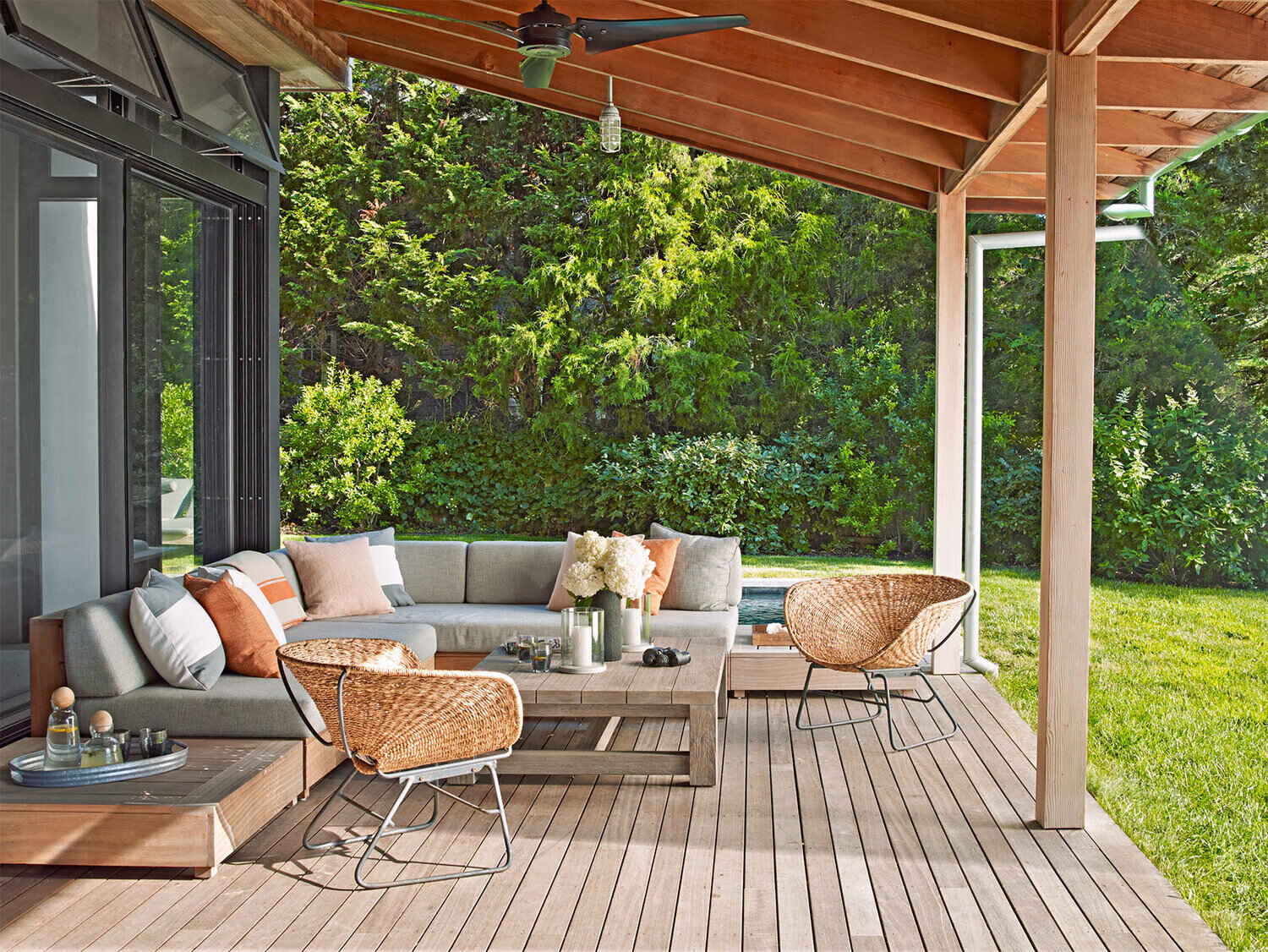

Articles
How To Design Front Porch
Modified: August 28, 2024
Learn the best articles on how to design your front porch. Discover tips, tricks, and inspiration to create a welcoming and inviting entrance to your home.
(Many of the links in this article redirect to a specific reviewed product. Your purchase of these products through affiliate links helps to generate commission for Storables.com, at no extra cost. Learn more)
Introduction
When it comes to the overall design and curb appeal of your home, the front porch plays a crucial role. It serves as the first impression of your house, welcoming guests and adding to the overall aesthetic charm. Designing a front porch requires careful consideration of various factors such as space, functionality, style, materials, colors, furniture, decor, lighting, and plants. By taking the time to plan and execute a well-designed front porch, you can create a welcoming and inviting space that reflects your personal style and enhances the overall appeal of your home.
Key Takeaways:
- Create a welcoming front porch by assessing space, determining functionality, choosing a design style, selecting materials and colors, planning the layout, adding furniture and decor, enhancing with lighting, and incorporating plants and greenery.
- Maintain the beauty and functionality of your front porch by prioritizing regular cleaning, inspections, and repairs, as well as adapting design and decor to changing seasons.
Read more: How To Waterproof A Porch
Step 1: Assess Your Porch Space
Before diving into any design decisions, it’s essential to assess the available space on your front porch. Take measurements and consider the size and shape of your porch. This will help you determine what furniture and decor will fit comfortably without overwhelming the space. Additionally, consider any architectural elements that may impact the layout, such as columns or railings.
Take note of the orientation of your porch as well. If it receives a lot of direct sunlight, you may want to incorporate shade elements like umbrellas or pergolas. On the other hand, if your porch is shaded most of the time, you could focus on creating cozy seating arrangements with comfortable cushions and blankets.
Furthermore, assess the overall condition of your porch. Ensure that it’s structurally sound and free from any damage or safety hazards. If there are any issues, make sure to address them before proceeding with the design process.
By assessing your porch space thoroughly, you’ll have a solid foundation to work with before moving on to the next steps of the design process.
Step 2: Determine the Functionality
Once you have assessed your porch space, the next step is to determine the functionality you want your front porch to serve. Think about how you plan on using the space and what activities or purposes it will fulfill. This will help guide your design decisions and ensure that the porch meets your specific needs.
Consider if you want your front porch to serve as a cozy outdoor living area, a space for entertaining guests, or a tranquil retreat for relaxation. Each of these purposes will require different elements and design considerations.
If you envision using your front porch as an extension of your living space, you may want to incorporate comfortable seating arrangements like sofas, chairs, or a dining table. On the other hand, if you plan to use it mainly for relaxation, you might opt for more lounging furniture like hammocks or reclining chairs.
In addition to seating, think about other functional elements you may need, such as storage for outdoor accessories, a small workspace or reading nook, or even a grilling area if you enjoy outdoor cooking.
By determining the functionality of your front porch, you can ensure that the design aligns with your lifestyle and serves the purposes that are most important to you.
Step 3: Choose a Design Style
Choosing a design style for your front porch is like setting the tone for the overall aesthetic of your home. It’s important to select a style that complements the architectural style of your house and reflects your personal taste and preferences.
There is a wide range of design styles to choose from, ranging from classic and traditional to modern and contemporary. Some popular options include farmhouse, coastal, Victorian, Mediterranean, and minimalist.
To determine the design style that resonates with you, consider factors such as the overall theme of your home’s interior, any existing outdoor elements or features, and the surrounding landscape.
Look for inspiration from home design magazines, websites, and social media platforms to get a sense of various design styles. Save images or create mood boards to help you visualize the look and feel you want to achieve for your front porch.
Keep in mind that the design style you choose should not only be aesthetically pleasing but also practical and functional. Consider the maintenance requirements of different styles, as well as their compatibility with the local climate.
By selecting a design style that speaks to you and harmonizes with your home’s architecture, you’ll create a cohesive and visually appealing front porch that enhances the overall curb appeal of your home.
Step 4: Select Materials and Colors
Choosing the right materials and colors for your front porch is essential for creating a cohesive and visually pleasing design. The materials you select should be durable, weather-resistant, and suitable for the style you have chosen.
When it comes to flooring options, consider materials like natural stone, concrete, brick, or wood. Each material offers its own unique aesthetic and maintenance requirements, so choose one that suits your design style and fits within your budget.
For the walls and railings, materials such as wood, vinyl, metal, or composite are commonly used. Again, consider how these materials align with your chosen design style and the level of maintenance they require.
Color selection plays a significant role in creating the desired atmosphere and visual impact of your front porch. Consider the overall color palette of your home’s exterior and choose colors that harmonize with it. You can create contrast or complement the existing colors, depending on your preference.
Keep in mind that lighter colors tend to make a space feel more open and airy, while darker colors create a cozy and intimate atmosphere. Also, take into account the overall ambiance you want to achieve. For a vibrant and energetic look, opt for bold and bright colors. To create a more serene and calming space, choose softer and neutral tones.
Additionally, consider incorporating pops of color through furniture, cushions, rugs, and decor items. This will add visual interest and allow you to easily update the look of your front porch in the future.
By carefully selecting materials and colors that align with your chosen design style, you’ll create a visually appealing and cohesive front porch that enhances the overall aesthetic of your home.
Read more: How To Cover Porch
Step 5: Plan the Layout
Planning the layout of your front porch is a crucial step in achieving a functional and visually pleasing design. Consider the available space, the desired functionality, and the furniture and decor elements you want to incorporate.
Start by creating a rough sketch or blueprint of your front porch, noting the dimensions and any architectural features. This will serve as a guide for arranging the furniture and determining the flow of the space.
Think about how you want the space to be used and how you can maximize the available area. Arrange the furniture in a way that allows for easy traffic flow and comfortable seating arrangements. Consider creating different zones within the porch, such as a seating area, a dining area, and a relaxation nook.
Take into account the orientation of the porch and the natural elements, such as wind patterns and sun exposure. Position furniture in a way that takes advantage of natural shading or utilize outdoor curtains or shades to create comfortable seating areas.
Remember to leave enough space for movement and accessibility. Avoid overcrowding the area with too much furniture or decor items. Instead, opt for a minimalist approach and choose functional pieces that serve a purpose without overwhelming the space.
Consider the focal points of your front porch, such as a stunning view, a fireplace, or a piece of artwork. Arrange the furniture in a way that highlights these elements and creates a visually appealing focal point.
By carefully planning the layout of your front porch, you’ll create a well-organized and inviting space that optimizes functionality and enhances the overall design of your home.
When designing a front porch, consider the architectural style of your home and choose materials and colors that complement it. Also, think about the function of the porch and how you want to use the space.
Step 6: Add Furniture and Decor
Now that you have planned the layout of your front porch, it’s time to add furniture and decor elements that will enhance the overall design and functionality of the space.
When choosing furniture, consider the style you have chosen for your front porch and select pieces that align with that aesthetic. Opt for durable and weather-resistant materials that can withstand outdoor conditions.
Start by selecting a focal point piece, such as a comfortable outdoor sofa, a dining table, or a swing. This will anchor the space and set the tone for the rest of the furniture and decor items.
Ensure that the furniture you choose is appropriately sized for your porch and leaves enough space for movement and comfort. Consider adding cushions, pillows, and throw blankets to make the seating area cozy and inviting.
Don’t forget to incorporate storage solutions for outdoor accessories such as pillows, cushions, and gardening tools. This could be in the form of an outdoor storage bench or decorative baskets.
Once you have the furniture in place, it’s time to add decorative elements. Select decor items that complement your chosen design style and create visual interest. This could include items such as potted plants, outdoor rugs, artwork, lanterns, or wall hangings.
Adding plants and greenery can bring life and freshness to your front porch. Choose plants that thrive in your local climate and consider the amount of sunlight the porch receives. Place them strategically to create a balanced and harmonious atmosphere.
Be mindful of not overdecorating your front porch. It’s important to strike a balance between functionality and aesthetics. Keep the space clutter-free and leave room for you and your guests to move around comfortably.
By carefully selecting furniture and decor items that align with your design style and enhance the functionality of your front porch, you’ll create a welcoming and visually appealing space that adds charm and personality to your home.
Step 7: Enhance with Lighting
Lighting is an essential aspect of designing a front porch as it not only enhances the aesthetic appeal but also provides functionality and safety, allowing you to enjoy the space even after the sun goes down. Consider different lighting options to create a warm and inviting atmosphere.
Start by considering the overall ambiance you want to create. Soft, warm lighting can evoke a cozy and intimate atmosphere, while brighter lighting can set a more vibrant and energetic mood.
There are various lighting fixtures you can incorporate in your front porch design. Overhead fixtures like pendant lights or chandeliers can provide a focal point and illuminate the entire space. Wall sconces are another popular option that can add both ambient and accent lighting.
In addition to fixed fixtures, consider portable lighting options such as floor or table lamps. These can be moved around to create different lighting arrangements and provide flexibility in illuminating specific areas.
Consider including pathway lighting to enhance safety and guide guests to your front entrance. These can be in the form of built-in LEDs or solar-powered stake lights.
For a touch of whimsy and ambiance, string lights or lanterns can be hung along the porch railing or overhead. They add a festive and cozy feel, perfect for relaxing evenings or social gatherings.
Lastly, do not forget about the power of candlelight. Flameless candles or lanterns with LED candles can add a soft and romantic glow to your front porch without the safety concerns of open flames.
Experiment with different lighting combinations and layers to create the desired effect. Dimmers or timers can offer additional control over the lighting intensity and set specific ambiance for different occasions.
By incorporating various lighting elements, you can transform your front porch into a welcoming and charming space that exudes warmth and adds a touch of elegance to your home’s exterior.
Step 8: Incorporate Plants and Greenery
Adding plants and greenery to your front porch is a wonderful way to bring life, color, and a touch of nature to the space. Plants not only enhance the aesthetic appeal but also contribute to a healthier and more relaxing environment.
Start by considering the climate and sunlight conditions of your porch. This will help you choose plants that will thrive in the specific conditions of your location. Select a mix of flowering plants, foliage plants, and even some herbs or vegetables if you have the space and desire for a small garden.
Consider the available space on your front porch and choose plants that suit the area. You can use a combination of potted plants, hanging baskets, and vertical planters to make the most of limited space and create visual interest.
When selecting plants, take into account their growth habit, size, and care requirements. Mix different heights, textures, and colors to create a well-balanced and visually appealing arrangement.
Add some climbing or trailing plants to softscape elements such as trellises or railing to create a lush and inviting atmosphere. This will not only add visual interest but also provide privacy and shade.
Regularly water and maintain your plants to keep them healthy and vibrant. Trim or prune them as needed to promote growth and maintain their shape. Consider incorporating a watering system, such as drip irrigation or self-watering planters, to make plant care more manageable.
In addition to live plants, you can also incorporate faux plants and greenery for low-maintenance options. They can provide a similar aesthetic appeal without the need for regular care.
Lastly, consider adding some outdoor accessories like planters, garden sculptures, or decorative stakes to enhance the overall design and tie in with your chosen style.
By incorporating plants and greenery into your front porch design, you’ll create a vibrant and inviting space that connects with nature and adds a refreshing touch to your home’s exterior.
Read more: How To Convert Porch To Sunroom
Step 9: Maintenance and Upkeep
Once you have designed and implemented your dream front porch, it’s important to prioritize maintenance and upkeep to ensure that it remains in excellent condition and continues to enhance the overall appeal of your home.
Regular cleaning is essential to keep your front porch looking its best. Sweep away debris and dirt, and use a mild detergent or cleaning solution to wash the flooring, furniture, and decor items. Avoid using harsh chemicals that can damage the materials or finishes.
Inspect your front porch regularly for any signs of damage or wear. Repair any cracks, chips, or loose fittings promptly to prevent further deterioration and potential safety hazards.
Check and clean the gutters and downspouts to prevent clogs and water damage. Ensure that drainage systems are functioning properly to avoid water pooling on your porch.
Pay attention to the plants and greenery on your porch. Water them regularly and provide the necessary care according to their specific needs. Trim or prune the plants as required to maintain their health and shape.
Keep an eye out for pests or insects that may potentially damage your front porch and landscaping. Take appropriate measures to control them, such as using natural pest repellents or consulting with a professional if necessary.
Depending on the materials and finishes used on your front porch, periodic maintenance tasks such as sealing, staining, or repainting might be required. Follow the manufacturer’s recommendations and guidelines for the specific materials used.
Lastly, adapt your front porch design and decor to the changing seasons. Consider adding seasonal decorations or making small updates to reflect the current season or upcoming holidays. This can breathe new life into your porch and keep it visually appealing year-round.
By regularly maintaining and keeping up with the care of your front porch, you’ll preserve its beauty and functionality, ensuring that it remains a welcoming and inviting space for years to come.
Conclusion
Designing a front porch is an exciting endeavor that allows you to create a welcoming and visually appealing space that enhances the curb appeal of your home. By following the steps outlined in this article, you can achieve a well-designed front porch that reflects your personal style and meets your specific needs.
Start by assessing your porch space and determining its functionality. Consider the available space, the orientation, and any architectural elements. Decide how you want to use the space and plan the layout accordingly.
Choose a design style that complements your home’s architecture and resonates with your personal taste. Select materials and colors that align with your chosen style and the outdoor conditions.
Add furniture and decor elements that enhance the functionality and aesthetic appeal of your front porch. Pay attention to lighting, incorporating both fixed and portable options for a warm and inviting atmosphere.
Incorporate plants and greenery to bring life and a touch of nature to your front porch. Choose plants that thrive in your climate and arrange them strategically to create a balanced and visually appealing arrangement.
Lastly, prioritize maintenance and upkeep to ensure that your front porch remains in excellent condition. Regular cleaning, inspections, and repairs will help preserve its beauty and functionality over time.
Remember, designing a front porch is a creative process that should reflect your personal style and preferences. Have fun with it and don’t be afraid to experiment and make adjustments as you see fit.
With careful planning, attention to detail, and a touch of creativity, you can create a front porch that not only makes a great first impression but also becomes a cherished space where you can relax, entertain, and enjoy the beauty of your home.
Frequently Asked Questions about How To Design Front Porch
Was this page helpful?
At Storables.com, we guarantee accurate and reliable information. Our content, validated by Expert Board Contributors, is crafted following stringent Editorial Policies. We're committed to providing you with well-researched, expert-backed insights for all your informational needs.
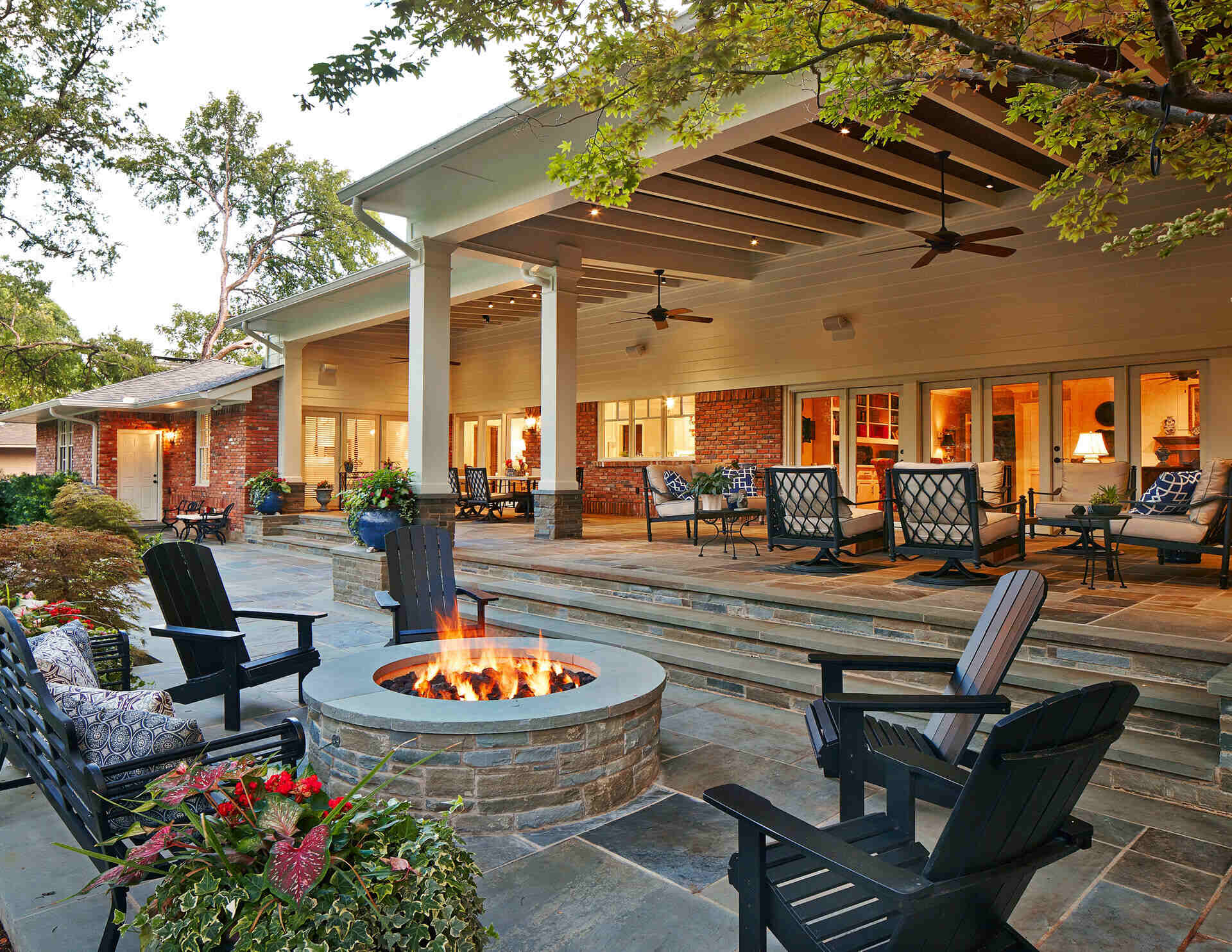
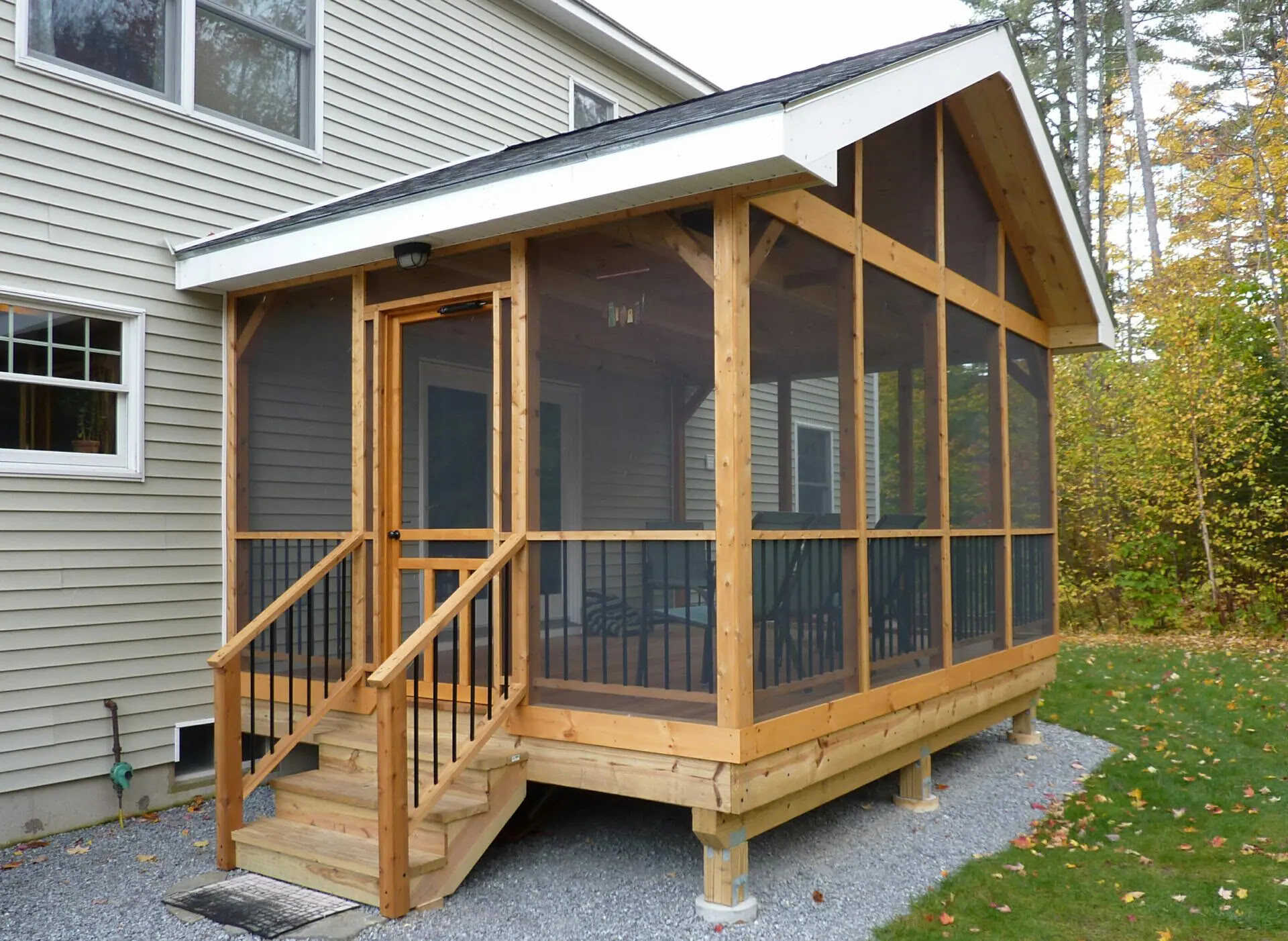
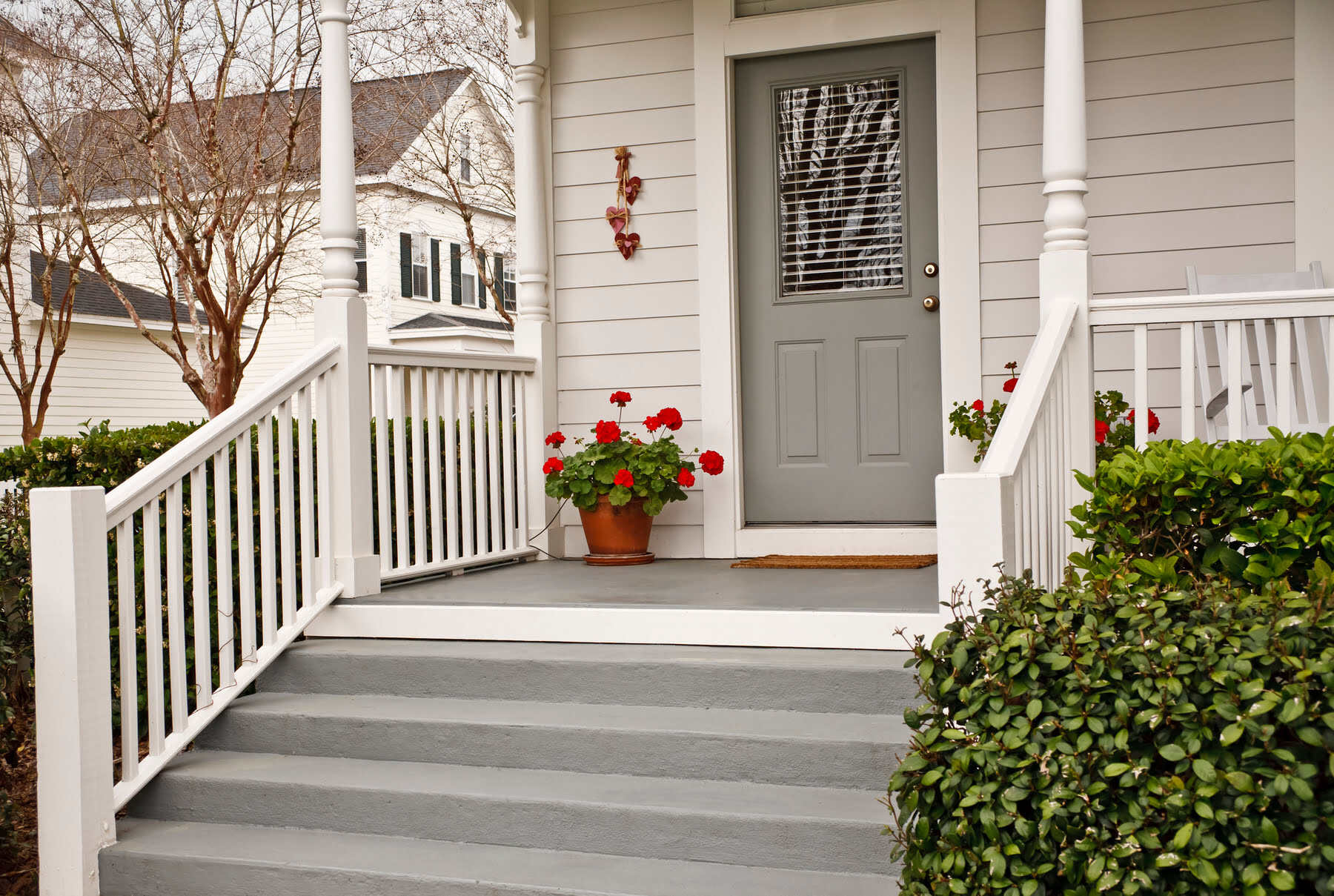
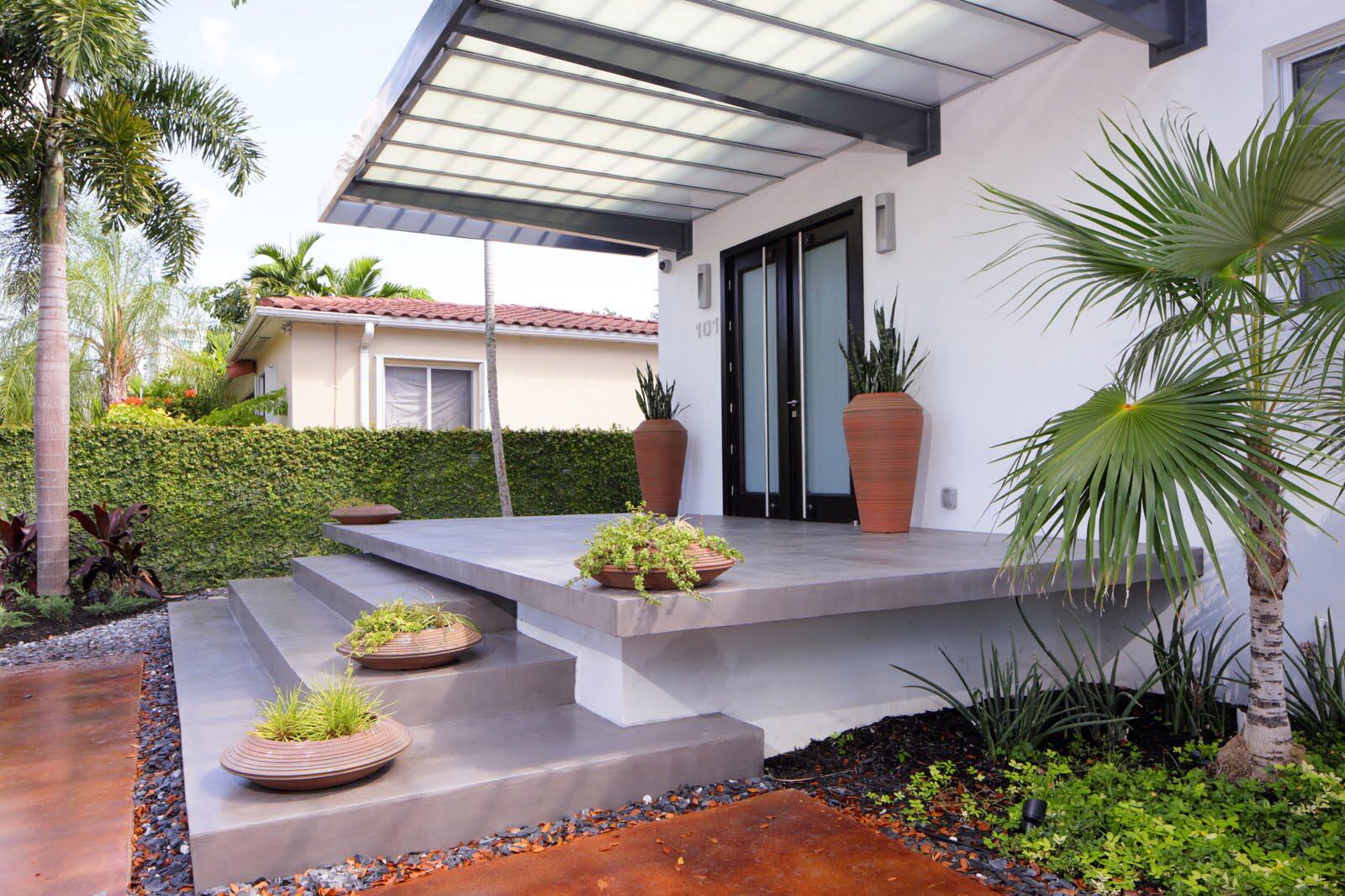
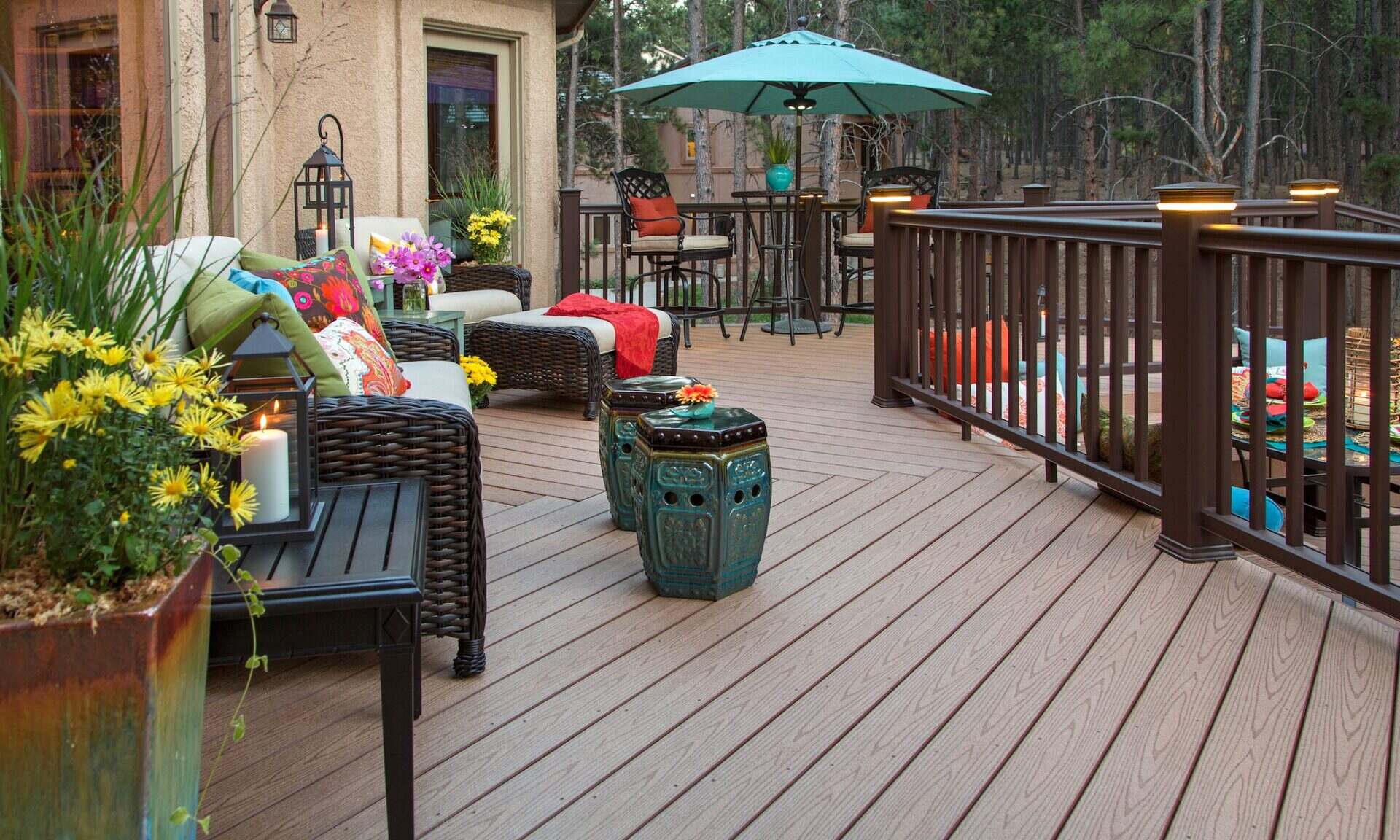
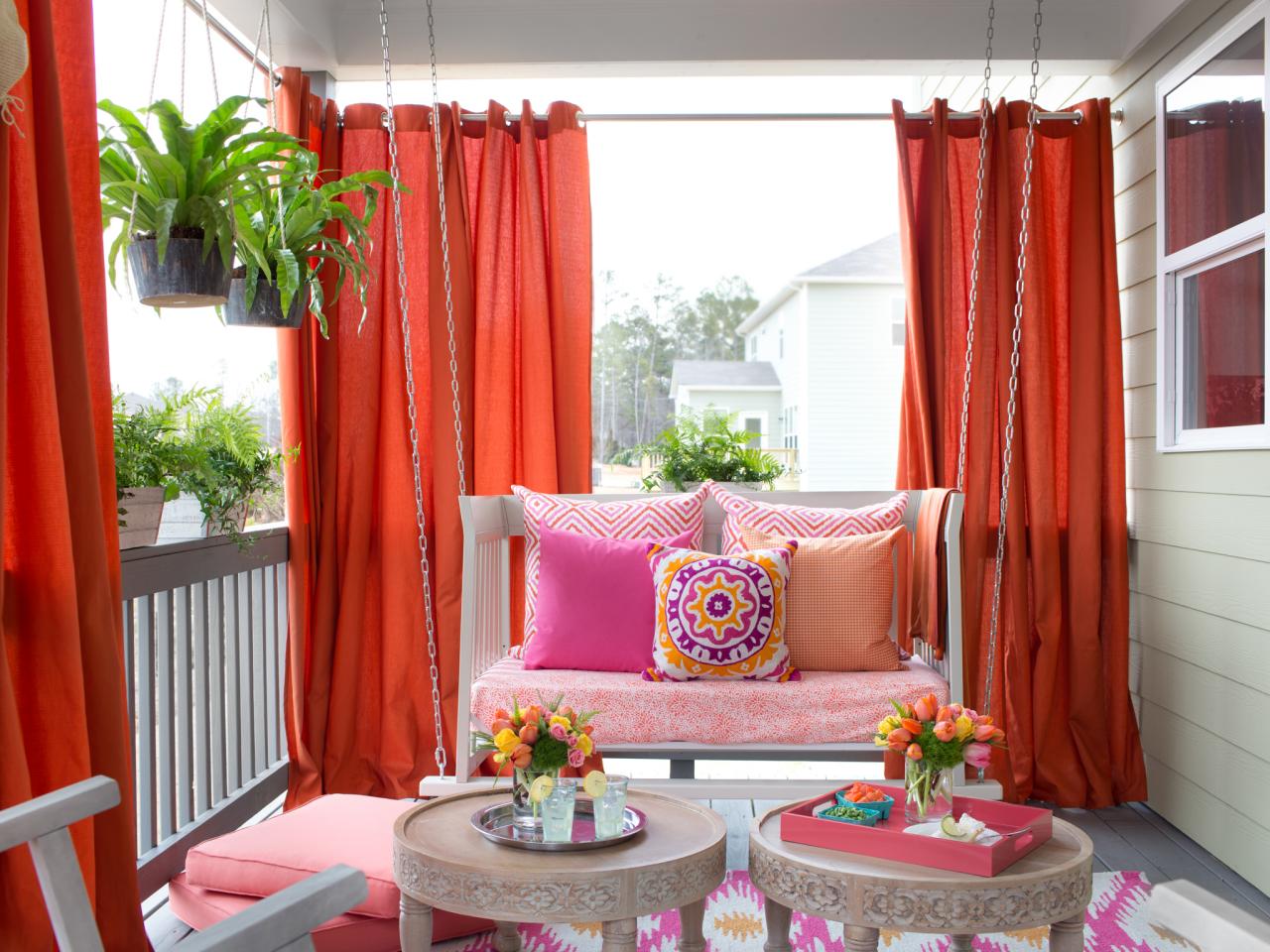
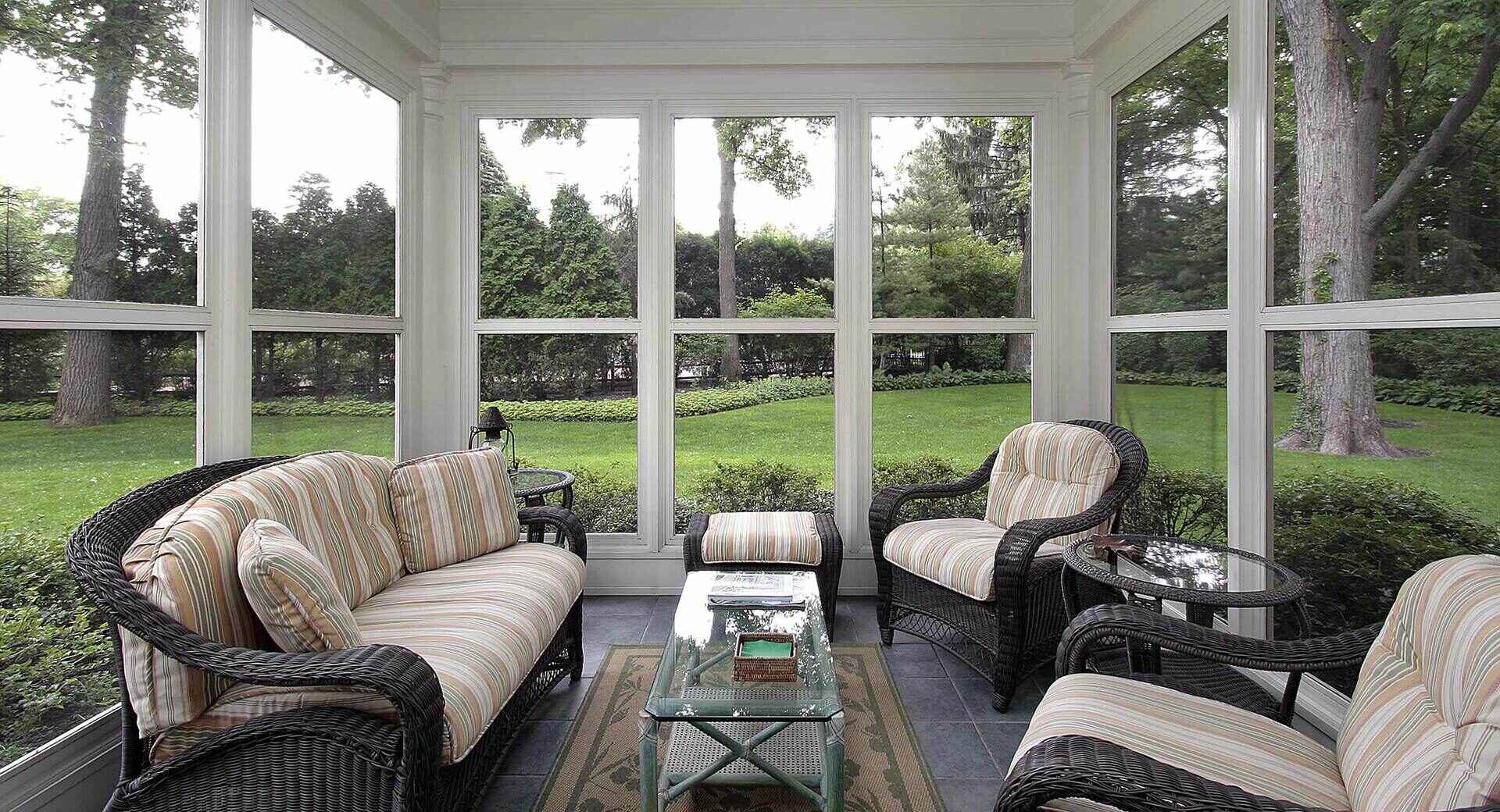
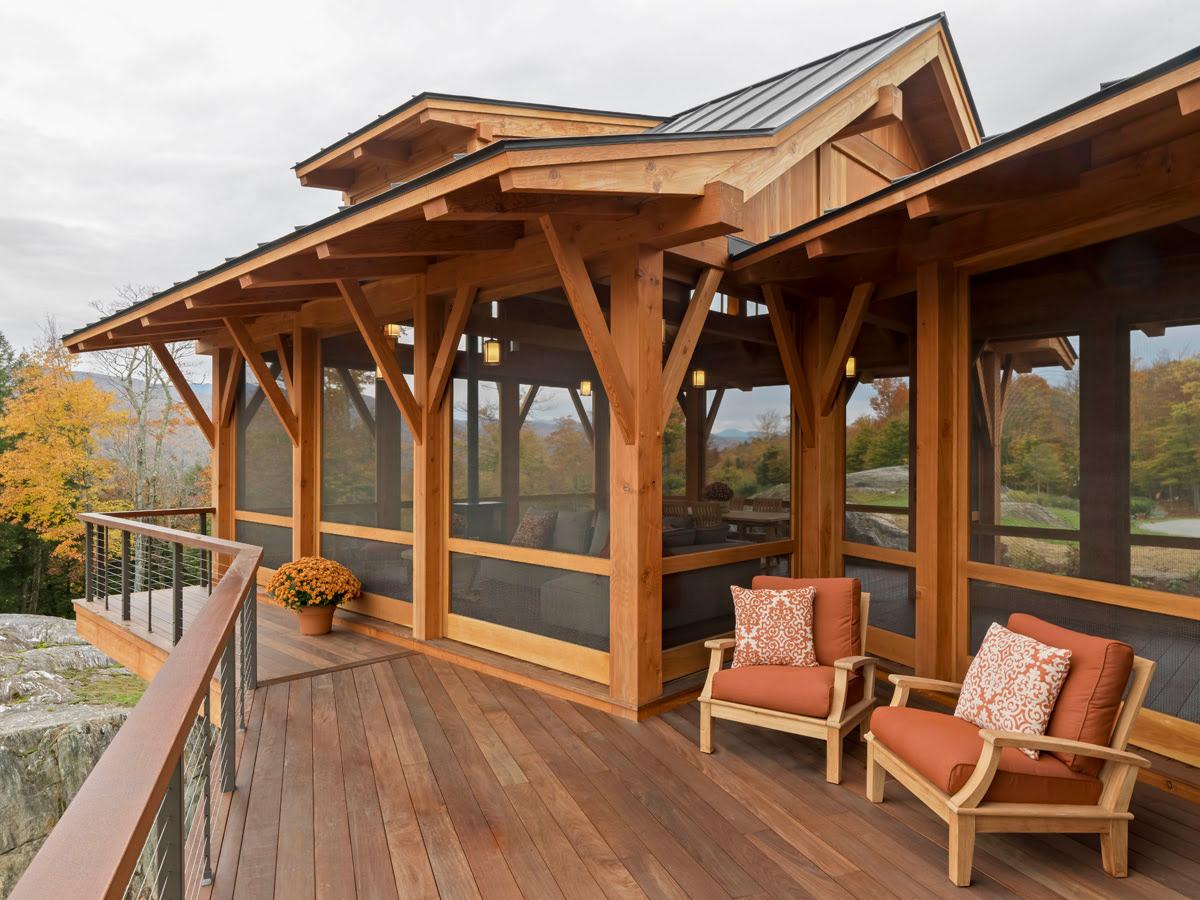
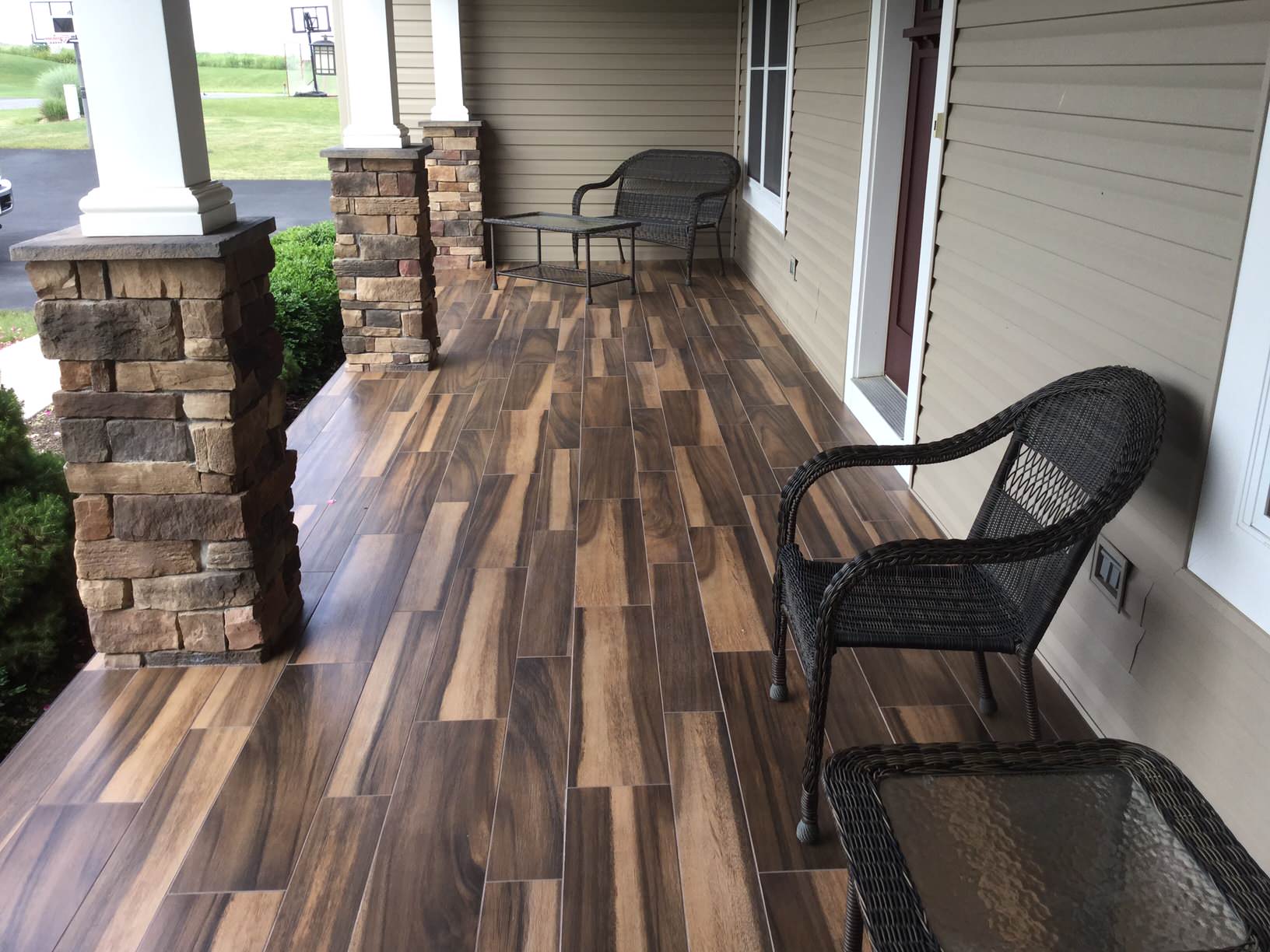
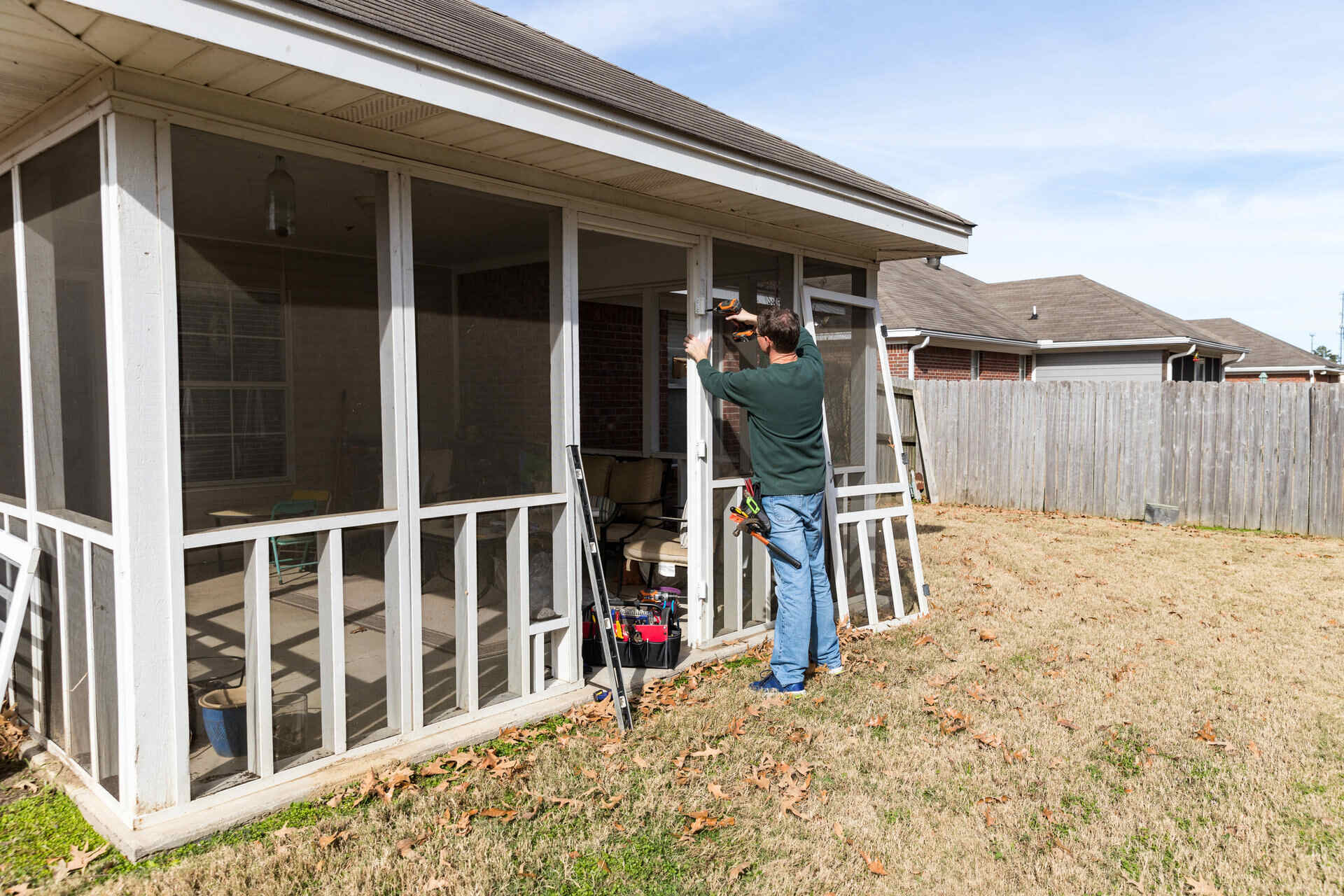
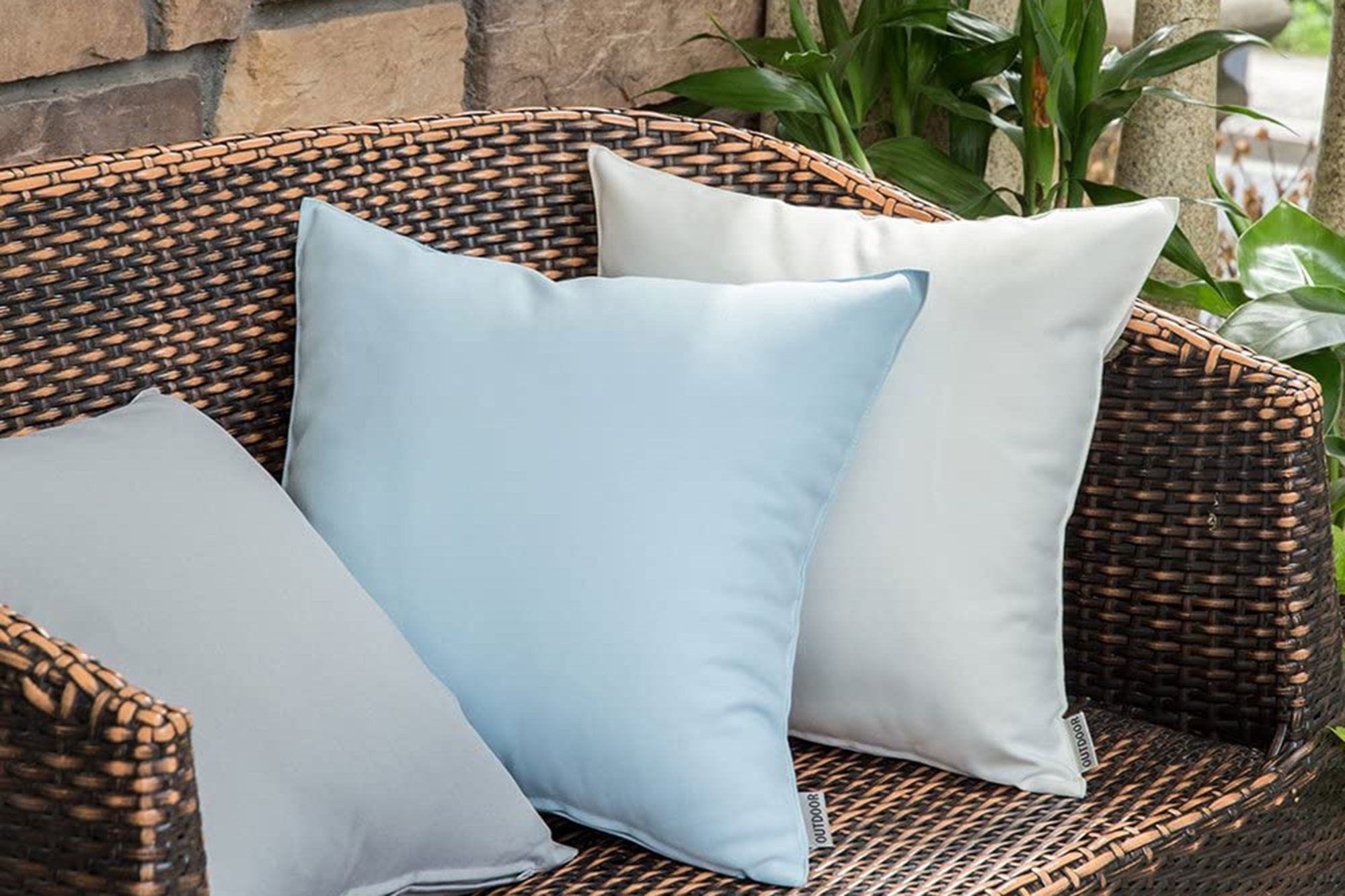
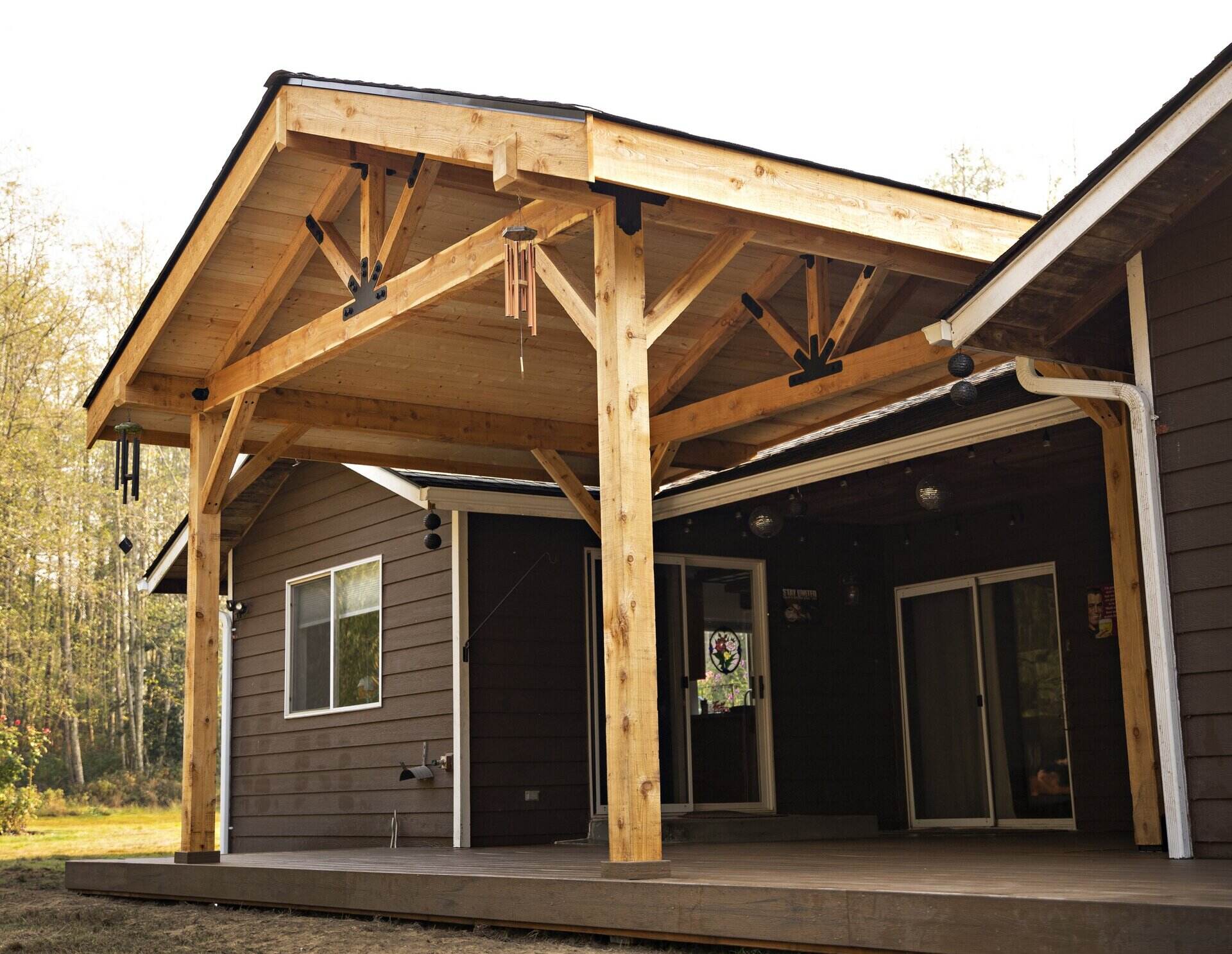
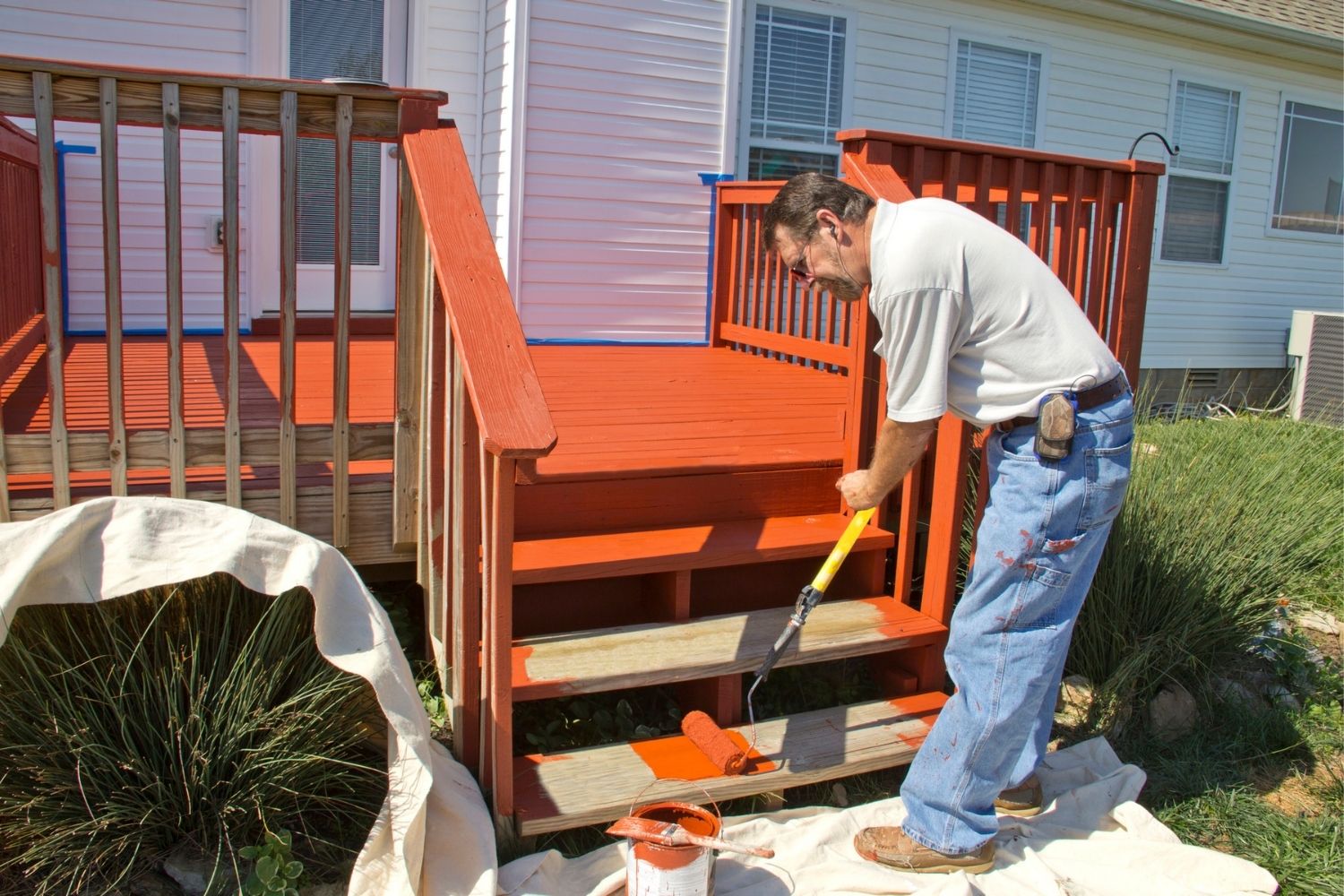

0 thoughts on “How To Design Front Porch”